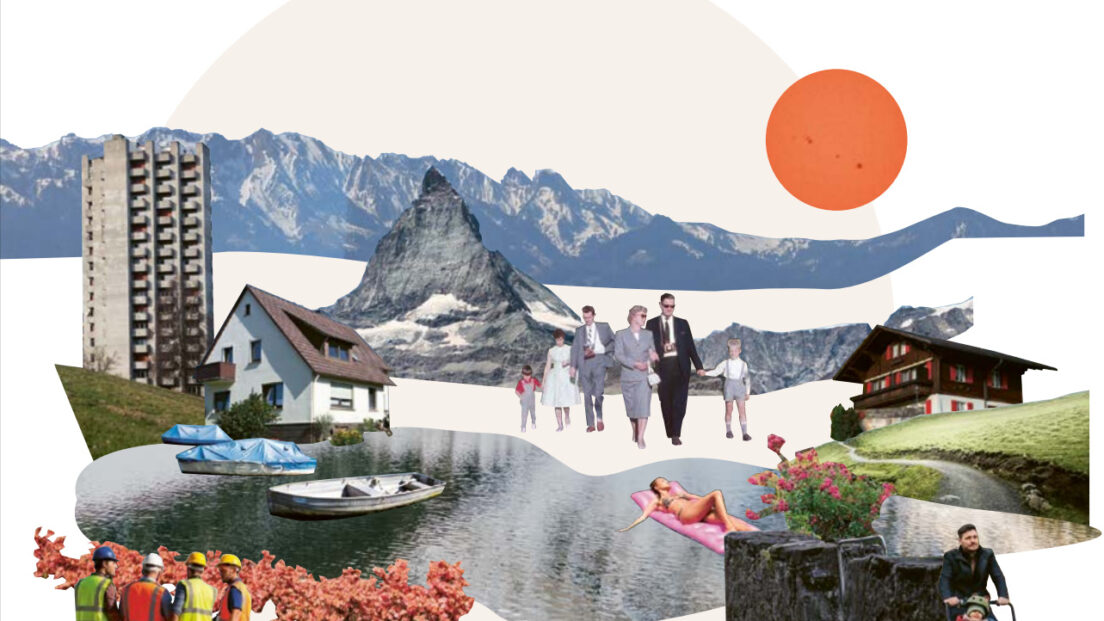Guide to sustainable spatial planning in Switzerland

In a recent study commissioned by the Federal Council, the Council for Spatial Planning (ROR) analysed the future prospects of peripheral regions in Switzerland. The results call for a broader view of peripheral areas - in both rural and urban contexts. The report offers innovative approaches to fully utilise the development potential of these areas and presents recommendations for differentiated and sustainable spatial development.
The traditional view of peripheries as remote rural or mountainous areas is challenged in the latest analysis by the Council for Spatial Planning. With a broader understanding of peripheries, including urban and suburban areas, the Council recommends an adapted approach to these diverse regions in order to utilise their development potential in a sustainable manner.
This report, which is published every four years, sheds light on Neuchâtel’s territorial developments and provides an assessment of the implementation of the Federal Spatial Planning Act and the cantonal master plan of 2019, focussing on inner development, mobility coordination and the qualitative development of living spaces. Climate protection, biodiversity, preservation of agricultural land and energy efficiency are also taken into account.
Key points and recommendations for action
- Definition and understanding of peripheries – The report encourages understanding peripheries as dynamic spaces that can have both urban and rural characteristics. These areas are defined not only by their geographical location, but also by socio-economic factors.
- Dialogue and insights – Through direct exchanges with representatives of the different peripheries, the Council gathered valuable insights. These interactions revealed that the conventional view of peripheral areas as disadvantaged and left behind does not correspond to reality.
- Vibrant Peripheries – The report presents the idea of “Vibrant Peripheries” as places of engagement and innovation where people develop solutions to social and economic challenges.
- Challenges and opportunities – Despite specific challenges such as the lack of a critical mass of actors or pressure to adapt, peripheries offer unique opportunities for sustainable development and innovation.
- Recommendations for the future – In order to promote the peripheries as vibrant and resilient spaces, the federal government, cantons and municipalities should promote innovative approaches in housing, mobility, business, tourism and energy. The focus is on strong sustainable development that prioritises a healthy biosphere and a pollution-free environment.
The ROR report encourages a rethink in spatial planning and emphasises the importance of cross-cutting thinking and value-added strategies. It calls on the federal government, cantons and municipalities to work together to create vibrant peripheries that serve as a driving force for a sustainable and inclusive society.
You can find the documentation at: https://regiosuisse.ch/sites/default/files/2024-02/Lebendige_Peripherien.pdf